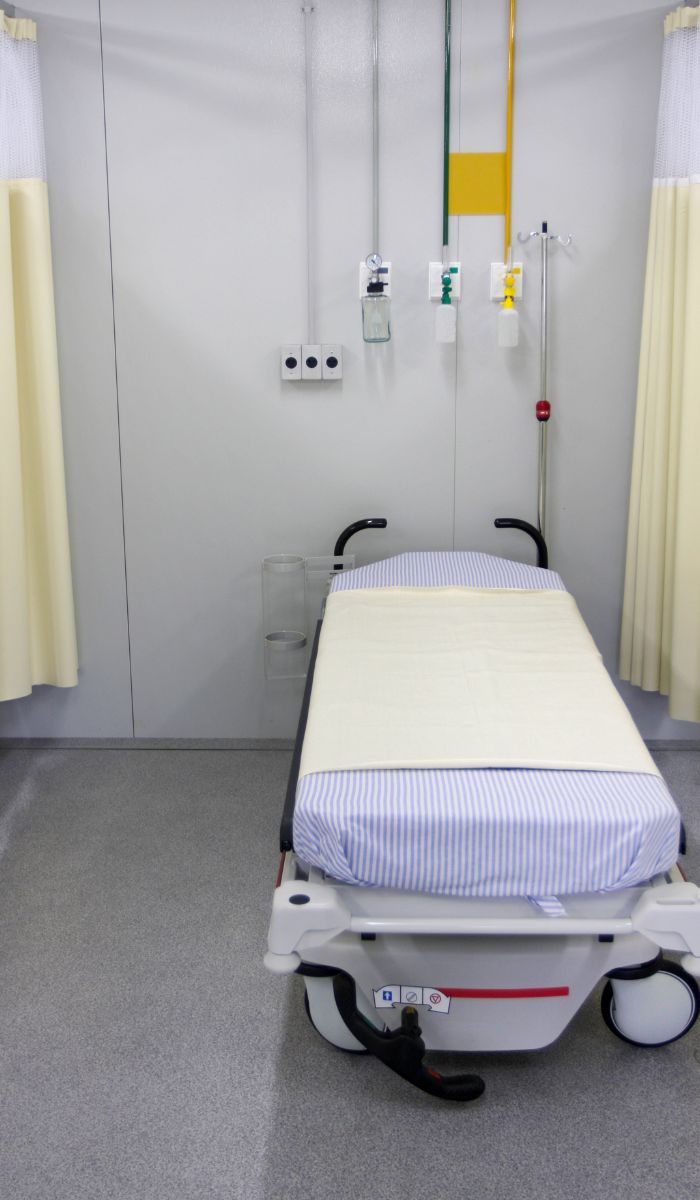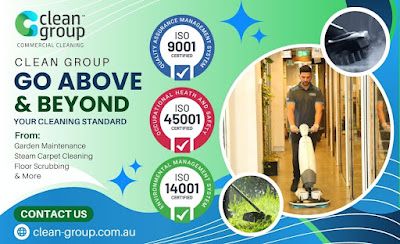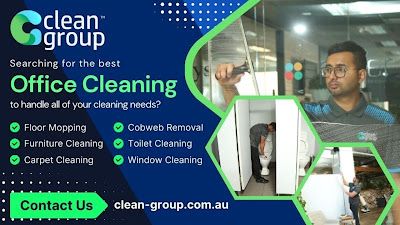
What Is the Average Salary Range for Workers in the Commercial Cleaning Industry?
What cleaning chemicals are commonly used in commercial cleaning?
As the commercial cleaning industry continues to grow, driven by increasing demand from businesses prioritizing cleanliness and hygiene, it is becoming more complex and technologically advanced. Clean Group provides comprehensive and professional Commercial Cleaning Sydney across Sydney, NSW. Our fully insured, trained, and security-verified cleaners ensure your workplace stays spotless and hygienic. Schedule a free onsite quote today—book online or call us at 02 9160 7469. Get your obligation-free commercial cleaning estimate for offices, buildings, and other business spaces in Sydney.. Innovations in equipment and cleaning agents have enhanced productivity and reduced the time needed to clean large spaces, allowing companies to take on more clients while maintaining high service quality. Automated cleaning machines, such as robotic floor scrubbers and vacuums, are increasingly being used in larger commercial facilities like airports, shopping malls, and warehouses, minimizing the physical strain on workers and ensuring consistent results. Moreover, the rise of smart building technology has made it possible for cleaning schedules to be better aligned with real-time building usage, improving efficiency and reducing waste.
The range of cleaning tasks involved in commercial cleaning is extensive and can vary significantly depending on the nature of the business. General and routine cleaning tasks often include sweeping, mopping, and vacuuming floors; dusting and wiping surfaces; cleaning bathrooms and sanitary conveniences; restocking consumables like soap, toilet paper, and paper towels; and emptying bins. More specialized services might include deep cleaning kitchens and dining areas, washing internal windows, sanitizing telephones and IT equipment, and cleaning air vents and suspended ceilings. In cases where there is a need for exterior maintenance, services might expand to include litter collection, graffiti removal, and window washing at height. For carpets, regular vacuuming is essential, but deep cleaning through hot water extraction is typically required every 18 to 24 months to maintain hygiene and extend the carpet's lifespan.


